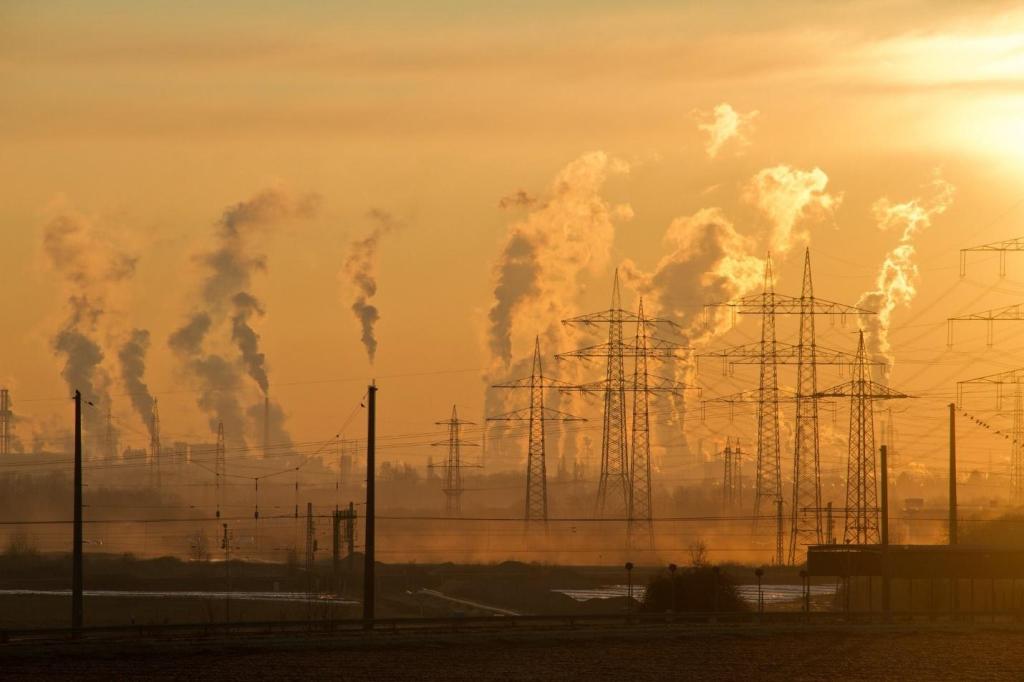
How Does R22 Production Affect the Environment?
What is R22?
It is a chemical compound, more specifically a hydrochlorofluorocarbon (HCFC) in the form of a colorless gas. Its leading utility is using it as a fuel, i-e it is used to generate movement or projection. It usually comes in the form of pressurized gas, such as fuel in vehicles. The other purpose HCFC is as a refrigerant; which is used to help dissipate heat by converting gas to liquid to gas again, absorbing the temperature inside and cooling down the air.
What makes R22 harmful?
In the eighteenth century, Dr. John Gorrie had hoped to eradicate the effects of devastating yellow fever. In his pursuit of developing a sort of antidote to high temperatures, he invented a device that through compression created ice. In 1851, Gorrie got a patent granted for mechanical refrigeration in the U.S.
Almost a hundred years later, scientists McNary, Henne, and Midgley invented non-flammable refrigerants, one of which was the infamous R22; which became the most commonly used refrigerant.

It wasn’t until decades had passed that scientists came across the discovery that chlorine, a substance common in both HCFC and CFC refrigerants had been having adverse effects on the earth’s ozone layer and was detrimental to our health.
The earth’s atmosphere consists of a layer that is approximately 10-30km above the surface. This layer is known as the stratosphere. The stable compounds stay able to make their way into the stratosphere where they encounter radiation via the Sun’s UV rays, and that is where the presence of chlorine starts to come into play.
The chlorine that exudes these machines enters the atmosphere and begins to blend into organic and inorganic resources. Chlorine is a highly reactive compound; once exposed to UV rays, it interacts with the Ozone layer, and this reaction leads to the production of even more chlorine atoms. A chain reaction develops and begins to erode the ozone.
Constant exposure to chlorine over an extended period can have disastrous consequences on humans and animals.
How is it being rectified?
In the face of this crisis, the nations of the world came together to formalize a plan to figure out how to challenge this issue and act to the best of their abilities.
Thus, the Montreal Protocol came into being on 26th August 1987. Where the goal was to slowly phase out the consumption and production of these now dubbed “ozone-depleting substances.” A month later, the agreement was into full effect.

The reason for a slow and deliberate phase-out the scheme was to make sure that in this process, all the nations can keep their economies from being heavily impacted, allowing both industries and the population to find an alternative to refrigerants present with chlorine.
This Protocol has seen several revisions, the latest being in 2016. Through the efforts of this, the Antarctic ozone has seen some improvements, and its the first universally ratified treaty in the United Nation’s history.
The plan intended phasing out R22 refrigerants along with 34 other variants of HCFC’s. The subsequent ban on imports, sale, production, and use of all these types of refrigerants came into effect. By the year 2020, no R22 or it’s variants will be in production or imported.
It has given rise to the cost of purchase and repair for any HCFC refrigerant over the years as the plan is to eradicate it all by the year 2030. The cost of keeping a climate and health deterrent has risen quite a substantial amount.
What options do we have?
With the phase-out coming to its inevitable date, it is advisable to start looking into the future state of your household or business. Production units have begun to design new equipment to accommodate the new refrigerants.
If you have the finances to spare, you can invest in a chlorine-free and much more efficient refrigerant like the R-410A. It will help you make sure; you are in line with most of the upcoming regulations and won’t have to stress about the ban at all.

However, due to the effects on the climate, an amendment was made to the Protocol, which will begin a phase-down plan for the R-401A as well. With time close to the halt of Rp22, some alternative services can help with the process, such as R22 refrigerant replacement in Canada is a viable option while phasing out the production.
However, not everyone will have the funds to purchase all new equipment right away to replace their current ones. For them, it is advised to start by seeking out pieces of equipment that need to be replaced and slowly begin to phase them out year by year.
There are a lot more disadvantages to keeping your equipment the way it is. The scenario will become that you would have to hire a professional to come in and do routine checks and replacements for the machinery and install the new chlorine-free equipment. It could become costly and much more time consuming than needed. The older hardware will not perform as well as the new one intends to. So, it is best to phase out parts, year by year to save time and money.




